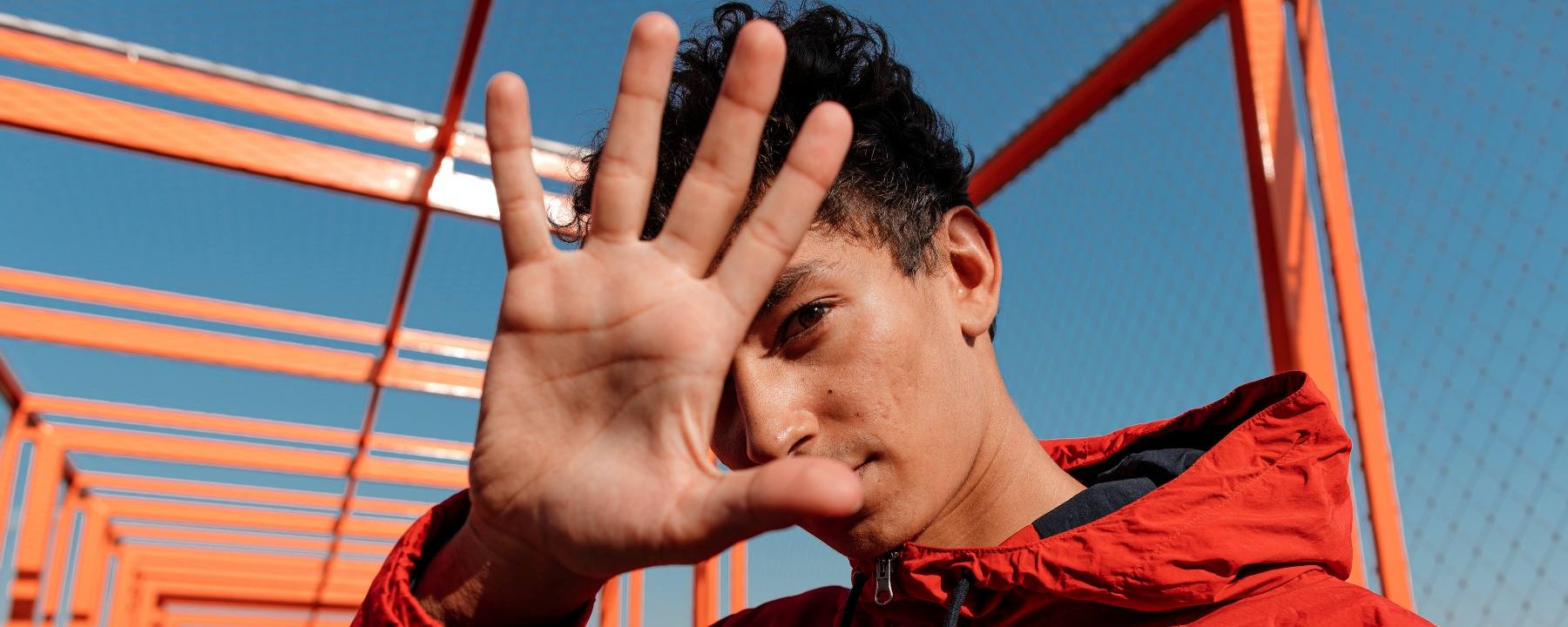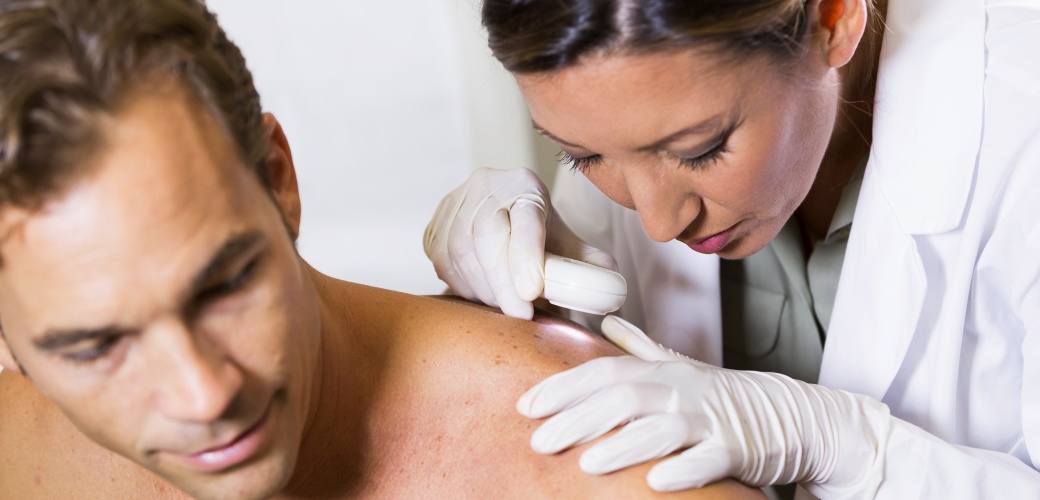
Skin and skin types
ABCDE – this rule can save lives
We all know that the sun is responsible for life on our planet. For the most part, its rays also make us feel good and put us in a happy mood. Even so, we want to continue raising people's awareness of the need for sun protection, because sadly, skin damage and skin diseases caused by UV rays are widespread. The ABCDE rule can save lives.
"UV radiation not only damages your DNA, which increases your risk of developing skin cancer – it also significantly weakens the connective tissue in your skin, making it one of the prime factors behind premature skin aging," says Dr. Christian Cremer from the BASF Competence Center in Grenzach, succinctly summarizing the dangers of excessive exposure to the sun. "Of course, it is important to remember that the sun is responsible for life on our planet. Sun protection is simply about protecting us from excessive sunlight," he explains. The idea is to limit potential damage and protect yourself as effectively as possible. In addition to the skin, the eyes are at risk and susceptible to damage.
The primary protective shield ensuring that not all of the sun's rays reach the earth or the earth’s surface is the earth’s atmosphere, combined with the ozone layer. Our skin and our eyes are the organs that absorb the remaining radiation. The UVB radiation that makes it through this protective shield accounts for about 5% of total UV radiation. The other 95% is in the longer UVA wave range. UVB radiation is mainly found in the epidermis, while UVA rays can penetrate deeper into the skin and tissue.
The effects of sunlight on the skin
- Formation of free radicals
- DNA damage
- Damage to collagen and elastin
- Immunosuppression
- Vasodilation (widening of blood vessels)
- Creation of vitamin D
- Inflammation of the conjunctiva and cornea in the eyes
- Thickening of the top layer of the skin. Increased melanin production for the skin's built-in protection.
Visible signs of excessive exposure to the sun
- Sunburn (mainly UVB, partly UVA)
- Premature skin aging / wrinkles / leathery skin / moles or liver spots
- Skin cancer (basal and squamous cell carcinoma, melanoma)
- Cataracts
When considering the visible signs of excessive and harmful exposure to the sun, a distinction should be made between: 1.) Damage that occurs straight away or very quickly. Skin redness, Mallorca acne and sunburn belong in this category, and 2.) Damage that occurs after months or years, such as skin cancer.
Multiple risk factors
Both UVB and UVA rays are responsible for the development of skin cancer. Damage to human genetic material (deoxyribonucleic acid, or DNA) increases the risk of contracting the disease. However, as the German Cancer Aid Agency lists, there are other risk factors as well, including:
- Frequent sunburn, especially during childhood
- Frequent sunbed sessions
- High concentration of moles
- Weakened immune system
- Family health history
People who mainly work outdoors are also part of this at-risk group. You can find out more on this topic here
The German Cancer Aid Foundation also highlights an important number: there are around 287,000 new patients with skin cancer in Germany each year (GEKID, 2021). Two of the three most common types are basal cell carcinoma and squamous cell carcinoma, both of which are also known as “bright skin cancer”. The third is malignant melanoma, or "black skin cancer". Malignant melanoma is the most aggressive form of skin cancer.
Most cases are diagnosed at an advanced age (around 70 and later). However, patients are actually becoming younger and younger, with the average age of those affected going down. For all types, the sooner the changes in the diseased skin are detected, the better the chances of treatment.
As skin cancer is a form of cancer where the damage is visible, you can regularly check for it yourself using the so-called ABCDE rule, which enables you to quickly assess whether you have skin cancer or not. However, this type of self-diagnosis is NOT a replacement for going to the dermatologist and having regular professional skin screenings.

The ABCDE rule
If you feel your skin has changed, existing moles or liver spots now look different, or new ones have emerged, use the ABCDE rule to conduct a self-check. You do not need any aids, just good light and possibly a mirror to view any hard-to-see parts of the body. Look carefully for the following:
A is for asymmetry: Most harmless moles are symmetrical. You should be wary if one is asymmetrical and has an irregular outline, i.e. it is not round or oval.
B is for border: Normal moles have clearly defined edges. Melanomas tend to have an irregular shape. Their edges tend to be blurred, serrated, uneven or even rough.
C is for color: A healthy mole has a uniform color. Melanomas will often have different colors and/or shades, e.g. black and brown.
D is for diameter: Melanomas are often diagnosed with/when they reach a diameter of 5 mm or more. However, be cautious: Some melanomas can also be smaller than 5mm.
E is for evolving: Harmless moles do not change in size, while melanomas can change in size and shape quite quickly. In addition, they become easier to feel, as they protrude and stand out from the surrounding skin.
Always remember: Prevention is better than cure. With the right protection, you can still enjoy the sun’s rays. Despite the ABCDE rule, we recommend paying regular visits to your dermatologist.
This editorial article is not intended to provide a basis for making health-related decisions. Our aim was and is to provide information about the topic and to raise awareness. For more information, please contact your doctor or pharmacist.
